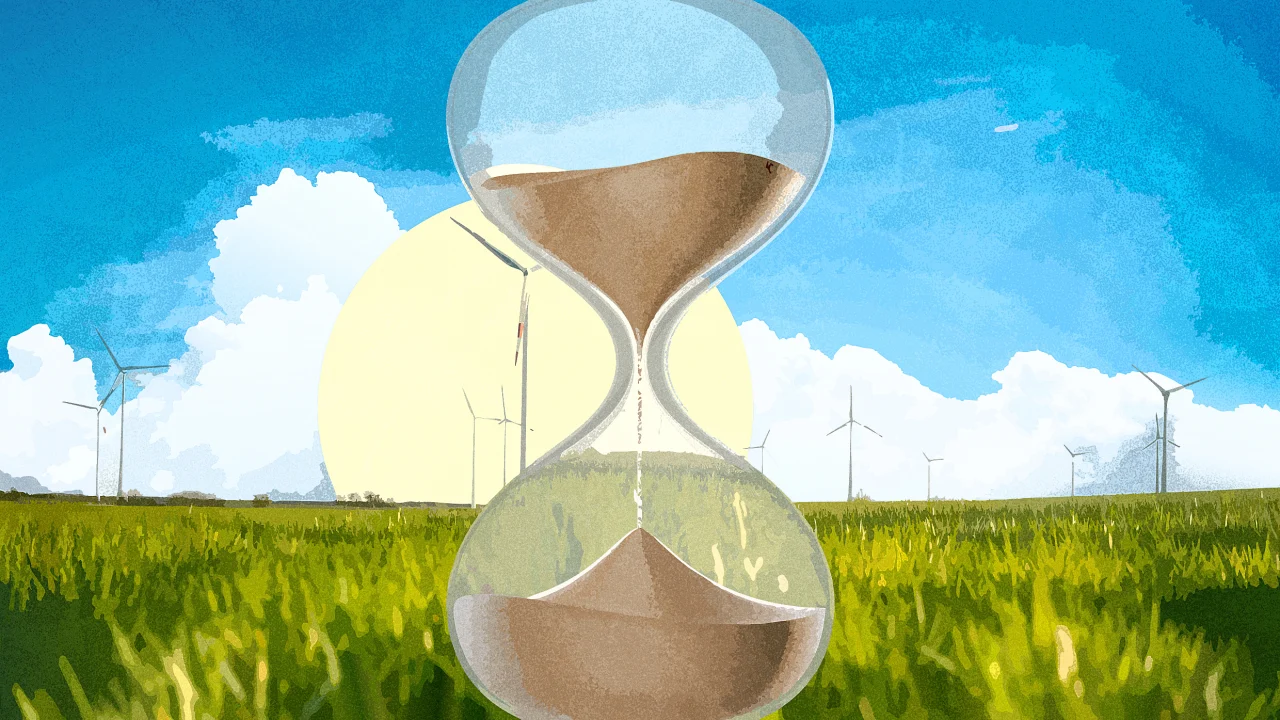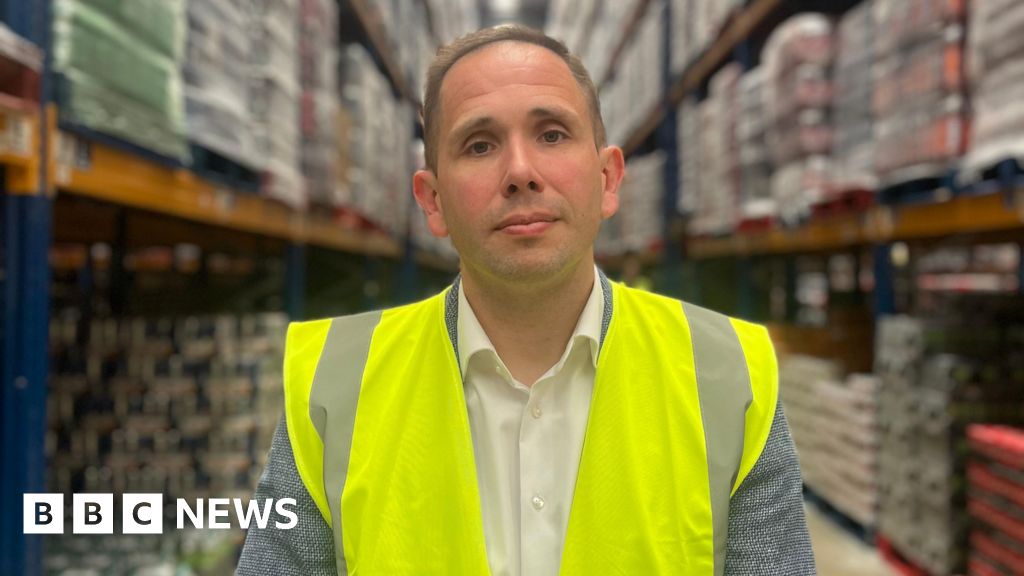Wind and solar companies are racing to build before their tax credits disappear

A proposed solar farm in New Mexico aims to finish construction by 2029 or 2030. But the developer that hopes to build it now plans to buy solar panels for the project early—so it could potentially beat the government’s new deadline to qualify for federal tax credits.
The new budget law signed by President Trump on July 4 slashed incentives for clean power. New solar and wind projects were left with two limited options to get tax credits. First, a new project can qualify if it starts generating power by the end of 2027. That’s a tiny window of time for projects that typically take several years to permit and build. The law also offers a “safe harbor” option: if you start building a new wind or solar farm within the next 12 months, you have another four years to finish.
“While we’re not thrilled with this legislation—to say the least—we’re going to just respond to the circumstances,” says Jim Spencer, president and CEO of Exus Renewables North America, a wind and solar developer. “What that means, of course, is grandfathering as many projects as possible.”
To qualify as “starting construction,” such as wind turbines or solar panels. In New Mexico, Exus has multiple proposals under consideration for new solar farms; by buying solar panels early, the company will be ready to move forward quickly when it wins a bid.
Developers can take a few other steps to accelerate projects. If they still need approval from a local community, for example, they might offer extra incentives like more funding for schools or roads. If the regional grid has limited capacity to add energy on local transmission lines, the developer could decide to add more battery storage to ease demand and help it get approval. In some cases, developers might be able to work directly with a customer like a data center and build a microgrid that avoids the need to connect to the grid at all.
Right now, the slowest part of building any new wind or solar farm is the interconnection queue, where grid operators analyze and approve energy projects. There are currently more than 10,000 renewable projects in the queue, according to Interconnection.fyi. Getting approval can take years.
Technology could also potentially help. PJM, the regional grid that covers an area ranging from parts of Illinois to Tennessee, recently announced that it was working with Google and Tapestry, an Alphabet project, to use AI to review interconnection requests more quickly. And “grid-enhancing technologies” can make it possible for transmission lines to handle more power, removing another bottleneck.
Permitting is another challenge, but states could change policy to help speed that up. First, some outdated types of permits could potentially be eliminated for clean energy. “Applying conventional energy permitting requirements for a coal plant to a solar project is apples to oranges,” says Harry Godfrey, who leads the federal policy team at Advanced Energy United, an industry group.
States could also move to a checklist approach, where developers are responsible for doing their own assessments and validating them. In Texas, where permitting requirements are streamlined, “we see real differences in terms of speed and scale of project development compared to the vast majority of the rest of the country,” Godfrey says.
States could also make it easier to site projects. Local communities should be able to make some decisions about whether projects should get built, says Evan Vaughan, executive director at MAREC Action, a coalition of renewable developers and manufacturers. But he argues that also has to be balanced with the energy demand in a region.
PJM has said that its peak demand could rise by a staggering 70 gigawatts—enough to power around 52 million homes—over the next decade. “That’s an almost inconceivable amount of energy,” Vaughan says. “The more of these near-term projects that don’t reach fruition, not only does it mean it’s harder to meet that goal, but it’s also going to come at a higher expense.”
For utilities, there’s an incentive to help get as many projects built now as possible. “I think that they all realize that the sooner that they can contract and avail themselves projects with tax credits the cheaper their electricity is going to be,” says Spencer.
But it’s not clear how quickly states or grid operators could make the changes to help more projects get built soon enough to use the tax credits. In many areas, state action would be politically difficult; a growing number of counties across the country have restricted or even banned new renewable projects. Some projects that are at an early stage now likely won’t get built. An analysis from Jesse Jenkins, who leads Princeton’s ZERO Lab, found that future projects without the credits could cost 50% more.
If the supply of projects in the pipeline shrinks while demand continues to quickly grow, the price of energy will go up. So even if some projects aren’t financially viable now without the tax credits, they soon could be. “That’s because we’ll all be paying more for power,” Godfrey says. “That’s one of the fundamental ironies of this bill. It’s intended to make life more affordable, but the result is it makes it more expensive.”
The industry also faces a risk that the administration may go farther. Trump reportedly promised Republicans in Congress that he’d find ways to stop all projects from getting tax credits, despite what the new law says. But because of the growth in demand for energy, and the fact that large customers like data centers prefer renewables, wind and solar could still continue to grow. In many parts of the country, they’re the cheapest source of new power even without the tax credits.
Meanwhile, developers like Exus will continue racing forward. “I think for the next couple of years, we’re all going to be very, very busy,” says Spencer. “Because we’re going to be building everything that we can.”
What's Your Reaction?
 Like
0
Like
0
 Dislike
0
Dislike
0
 Love
0
Love
0
 Funny
0
Funny
0
 Angry
0
Angry
0
 Sad
0
Sad
0
 Wow
0
Wow
0



























































































